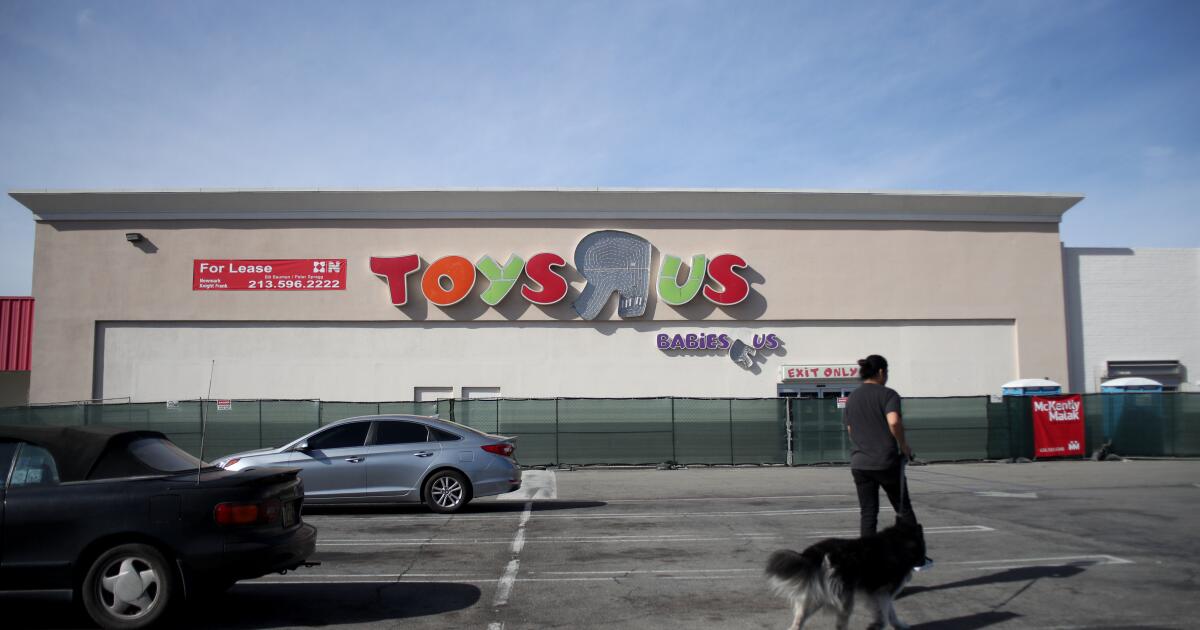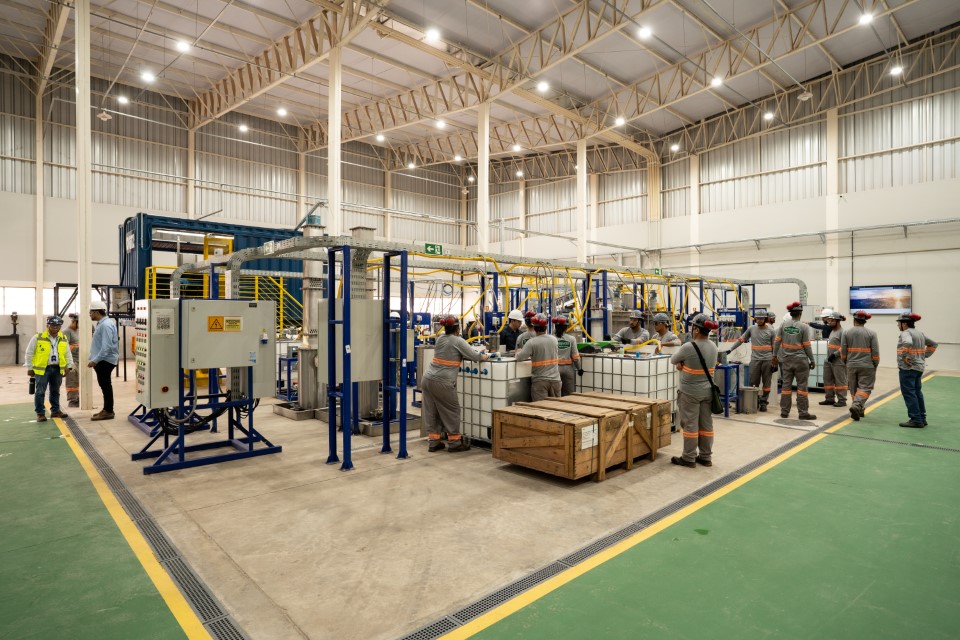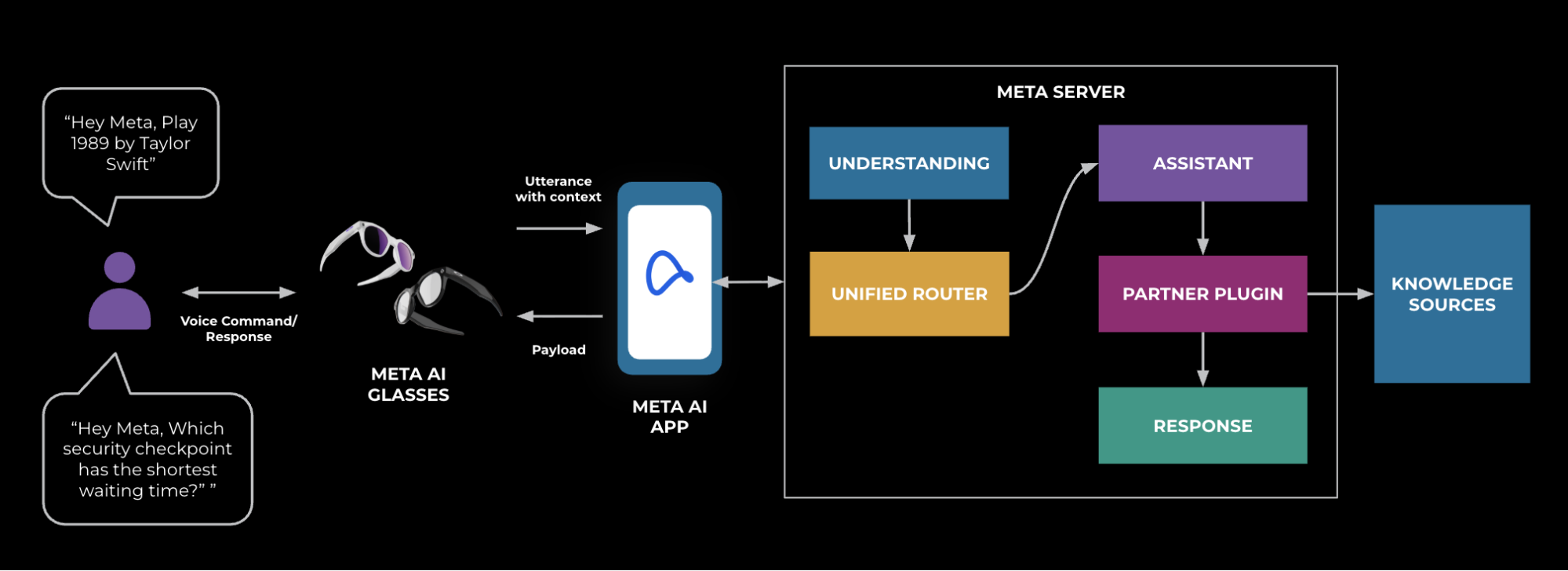Report on the Strategic Relaunch of Toys R Us and its Alignment with Sustainable Development Goals
Introduction: Corporate Restructuring and Economic Resilience
Following its Chapter 11 bankruptcy filing in 2017 and subsequent operational shutdown, the retail entity Toys R Us is undergoing a significant strategic relaunch under the ownership of WHP Global. This revival initiative, which includes the opening of new flagship and seasonal stores across the United States, demonstrates a commitment to rebuilding a resilient business enterprise, directly contributing to the principles of SDG 8: Decent Work and Economic Growth.
Strategic Expansion and Local Economic Impact
The company’s expansion plan is a key driver for local economic development, aligning with multiple Sustainable Development Goals. The strategy includes:
- The establishment of eight new flagship stores in key commercial centers.
- The opening of 20 seasonal pop-up locations to meet holiday consumer demand.
- Specific locations confirmed in California, Texas, Colorado, and New York.
This expansion directly supports SDG 8 by creating new employment opportunities in various communities. Furthermore, by revitalizing commercial spaces within outlets and shopping centers, the initiative contributes to SDG 11: Sustainable Cities and Communities, fostering economic vitality in urban and suburban hubs.
Business Model Innovation and Resilient Infrastructure
The relaunch strategy showcases an innovative approach to rebuilding retail infrastructure, a core component of SDG 9: Industry, Innovation, and Infrastructure. The key phases of this strategy are:
- Acquisition of a controlling interest by WHP Global in 2021, providing a stable foundation for growth.
- Formation of strategic partnerships with established retailers, including Macy’s for shop-in-shop locations and Go! Retail Group for operational expansion.
- A phased rollout of physical stores, beginning with the American Dream mall flagship in 2021 and continuing with the current nationwide expansion.
This model leverages existing retail infrastructure while introducing a flexible and scalable footprint, demonstrating innovation within the consumer goods industry.
Opportunities for Promoting Responsible Consumption
The return of a major toy retailer presents a significant opportunity to influence market trends towards sustainability. By curating its product offerings, Toys R Us can advance SDG 12: Responsible Consumption and Production. This can be achieved by prioritizing and promoting toy brands that utilize sustainable materials, ethical manufacturing processes, and minimal packaging. The availability of popular educational brands like Lego also supports foundational aspects of SDG 4: Quality Education by providing tools that foster cognitive development and creativity in children.
Conclusion
The re-emergence of Toys R Us is a notable development in the retail sector, underscored by a strategic framework that aligns with key United Nations Sustainable Development Goals. The company’s focus on job creation (SDG 8), innovative partnerships (SDG 9), and revitalization of community commercial spaces (SDG 11) positions its growth as a positive contributor to sustainable economic development. The brand holds further potential to champion responsible consumption patterns (SDG 12) within the global toy industry.
1. Which SDGs are addressed or connected to the issues highlighted in the article?
The article discusses the economic revival and expansion of the retailer Toys R Us, which connects to several Sustainable Development Goals focused on economic growth, industry, and partnerships.
-
SDG 8: Decent Work and Economic Growth
The article’s central theme is the company’s rebound from bankruptcy, involving the opening of new stores. This directly relates to promoting sustained, inclusive, and sustainable economic growth and creating employment opportunities. The opening of “eight flagship stores and 20 seasonal locations” signifies job creation and a contribution to local economies.
-
SDG 9: Industry, Innovation, and Infrastructure
The revival of Toys R Us showcases industrial and commercial revitalization. The company’s strategy to “partner with Macy’s to open shop-in-shop locations” and work with “Go! Retail Group for further expansion” represents an innovative business model to re-establish its market presence after its previous brick-and-mortar operations failed.
-
SDG 17: Partnerships for the Goals
The article explicitly highlights the importance of partnerships in the company’s expansion strategy. The collaboration between WHP Global (the parent company), Macy’s, and Go! Retail Group is a clear example of a private-private partnership aimed at achieving a common business goal, which aligns with the principle of collaboration central to SDG 17.
2. What specific targets under those SDGs can be identified based on the article’s content?
Based on the information provided, the following specific SDG targets can be identified:
-
Under SDG 8: Decent Work and Economic Growth
- Target 8.2: Achieve higher levels of economic productivity through diversification, technological upgrading and innovation. The article describes Toys R Us’s innovative strategy of using partnerships and a “shop-in-shop” model to rebuild its business, moving away from its previous standalone store model that led to bankruptcy.
- Target 8.3: Promote development-oriented policies that support productive activities, decent job creation, entrepreneurship, creativity and innovation. The opening of 28 new stores directly supports productive activities and job creation in various communities across the U.S.
-
Under SDG 9: Industry, Innovation, and Infrastructure
- Target 9.3: Increase the access of small-scale industrial and other enterprises, in particular in developing countries, to financial services, including affordable credit, and their integration into value chains and markets. While Toys R Us is a large brand, its partnership with Go! Retail Group and its integration into Macy’s stores demonstrate a strategy of integrating into existing value chains and markets to facilitate its relaunch.
-
Under SDG 17: Partnerships for the Goals
- Target 17.17: Encourage and promote effective public, public-private and civil society partnerships. The article provides a direct example of effective private-private partnerships, where WHP Global, Macy’s, and Go! Retail Group collaborate to achieve the “expansion strategy for the Toys R Us brand.”
3. Are there any indicators mentioned or implied in the article that can be used to measure progress towards the identified targets?
The article, being a news report, does not use official SDG indicator terminology. However, it contains several quantifiable metrics that can serve as implied indicators to measure progress towards the identified targets.
-
Indicators for SDG 8 (Decent Work and Economic Growth)
- Number of new commercial establishments: The article explicitly states the company plans to open “eight flagship stores and 20 seasonal locations,” providing a clear metric for economic expansion.
- Geographic distribution of economic activity: The mention of new stores in “California,” “Texas, Colorado and New York” indicates the geographic scope of the economic growth.
- Job creation (implied): The opening of 28 new retail locations directly implies the creation of numerous jobs for store managers, sales associates, and seasonal staff, which is a primary indicator for Target 8.3.
-
Indicators for SDG 9 (Industry, Innovation, and Infrastructure)
- Adoption of new business models: The implementation of the “shop-in-shop locations” within Macy’s is an indicator of business model innovation.
-
Indicators for SDG 17 (Partnerships for the Goals)
- Number of strategic partnerships formed: The article identifies specific partnerships with “Macy’s” and “Go! Retail Group,” which can be counted as an indicator of progress under Target 17.17.
4. Create a table with three columns titled ‘SDGs, Targets and Indicators” to present the findings from analyzing the article. In this table, list the Sustainable Development Goals (SDGs), their corresponding targets, and the specific indicators identified in the article.
| SDGs | Targets | Indicators (as mentioned or implied in the article) |
|---|---|---|
| SDG 8: Decent Work and Economic Growth |
Target 8.2: Achieve higher levels of economic productivity through innovation.
Target 8.3: Promote policies that support productive activities and decent job creation. |
|
| SDG 9: Industry, Innovation, and Infrastructure | Target 9.3: Increase the integration of enterprises into value chains and markets. |
|
| SDG 17: Partnerships for the Goals | Target 17.17: Encourage and promote effective private-private partnerships. |
|
Source: latimes.com







